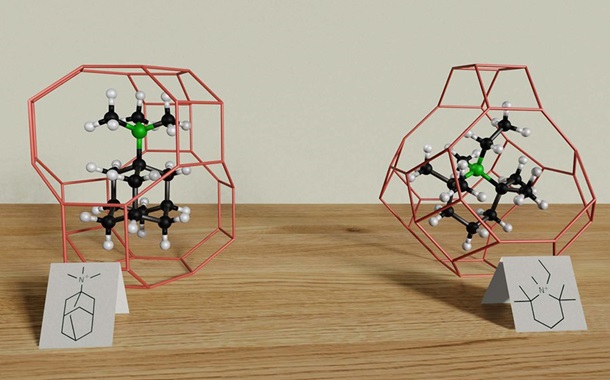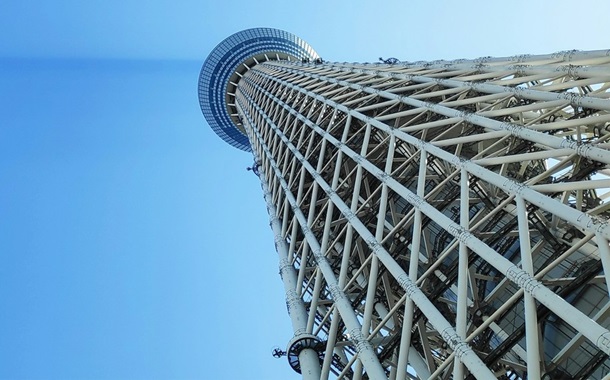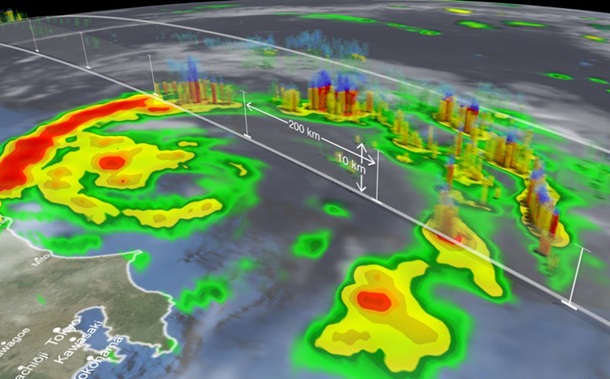Visual Instruction Tuning for Drone Accident Forensics
Downloads
Doi:10.28991/HIJ-2024-05-04-01
Full Text:PDF
Downloads
Ajakwe, S.O., Ihekoronye, V.U., Akter, R., Kim, D.S., Lee, J.M. (2022). Adaptive drone identification and neutralization scheme for real-time military tactical operations. 2022 International Conference on Information Networking (ICOIN), 380–384. doi:10.1109/ICOIN53446.2022.9687268.
Famula, J., Pittman, D.E., Haring, K.S. (2022). Building trust with a mobile application for last-mile commercial drone delivery. 2022 International Conference on Unmanned Aircraft Systems (ICUAS), 462–467. doi:10.1109/ICUAS54217.2022.9836198
Bengiamin, N.N. (2018). Quadcopter drones - beyond the hobby. 2018 IEEE Frontiers in Education Conference (FIE), 1–5. doi:10.1109/FIE.2018.8659124.
Jain, U., Rogers, M., Matson, E.T. (2017). Drone forensic framework: Sensor and data identification and verification. 2017 IEEE Sensors Applications Symposium (SAS), 1–6. doi:10.1109/SAS.2017.7894059.
Minaeian, S., Liu, J., Son, Y.J. (2018). Effective and efficient detection of moving targets from a UAV's camera. IEEE Transactions on Intelligent Transportation Systems 19(2):497–506. doi:10.1109/TITS.2017.2782790.
Editya, A.S., Ahmad, T., Studiawan, H. (2023). Forensic analysis of drone malfunction based on location data. IEEE International Conference on Communication, Networks and Satellite (COMNETSAT), 658–663. doi:10.1109/COMNETSAT59769.2023.10420805.
Renduchintala, A.L.P.S., Albehadili, A., Javaid, A.Y. (2017). Drone forensics: Digital flight log examination framework for micro drones. International Conference on Computational Science and Computational Intelligence (CSCI-IEEE), 91-96. doi:10.1109/CSCI.2017.15.
Horsman, G. (2016). Unmanned aerial vehicles: A preliminary analysis of forensic challenges. Digital Investigation, 16, 1-11. doi:10.1016/j.diin.2015.11.002.
Mora, G.O.D., Zamudio, B.Z. (2018). Real-time drone (UAV) trajectory generation and tracking by optical flow. 2018 International Conference on Mechatronics, Electronics and Automotive Engineering (ICMEAE). Cuernavaca, Mexico. doi:10.1109/ICMEAE.2018.00014.
Editya, A.S., Ahmad, T., Studiawan, H. (2023). Forensic analysis of drone collision with transfer learning. Jordanian Journal of Computers and Information Technology (JJCIT), 9(2), 175 - 186, doi:10.5455/jjcit.71-1673581703.
Liu, H., Li, C., Wu, Q., & Lee, Y. J. (2024). Visual instruction tuning. Advances in Neural Information Processing Systems, 36. doi:10.5555/3666122.3667638.
Li, C., Wong, C., Zhang, S., Usuyama, N., Liu, H., Yang, J. (2023). LLaVA-Med: Training a large language-and-vision assistant for biomedicine in one day. Proceedings of the 37th International Conference on Neural Information Processing Systems, 24-29. doi: 10.5555/3666122.3667362.
Al-Dhaqm, A., Ikuesan, R. A., Kebande, V. R., Razak, S., & Ghabban, F. M. (2021). Research challenges and opportunities in drone forensics models. Electronics, 10(13), 1519.. doi:10.3390/electronics10131519.
Barton, T.E.A., Hannan Bin Azhar, M.A. (2017). Forensic analysis of popular UAV systems. 2017 Seventh International Conference on Emerging Security Technologies (EST), 91–96. doi:10.1109/EST.2017.8090405.
Mantas, E., Patsakis, C. (2019). GRYPHON: Drone forensics in dataflash and telemetry logs. Advances in Information and Computer Security, 377–390. doi:10.1007/978-3-030-26834-3_22.
Scanlon, M., Breitinger, F., Hargreaves, C., Hilgert, J. N., & Sheppard, J. (2023). ChatGPT for digital forensic investigation: The good, the bad, and the unknown. Forensic Science International: Digital Investigation, 46, 301609. doi:10.1016/j.fsidi.2023.301609.
Michelet, G., Breitinger, F. (2024). ChatGPT, Llama, can you write my report? An experiment on assisted digital forensics reports written using (local) large language models. Forensic Science International: Digital Investigation, 48, 301683. doi:10.1016/j.fsidi.2023.301683.
Piggott, B., Patil, S., Feng, G., Odat, I., Mukherjee, R., Dharmalingam, B. (2023). Net-GPT: A LLM-Empowered Man-in-the-Middle chatbot for unmanned aerial vehicle. 2023 IEEE/ACM Symposium on Edge Computing (SEC), 287–293. doi:10.1145/3583740.3626809.
Wickramasekara, A., Breitinger, F., Scanlon, M. (2024). SoK: Exploring the potential of large language models for improving digital forensic investigation efficiency. ARES '20: Proceedings of the 15th International Conference on Availability, Reliability and Security, 1-10. doi: 10.1145/3407023.3407068.
Pedro, D., Matos-Carvalho, J.P., Fonseca, J.M., Mora, A. (2021). Collision avoidance on unmanned aerial vehicles using neural network pipelines and flow clustering techniques. Remote Sensing, 13(13), 2643. doi: 10.3390/rs13132643.
Cloutier, N.A., Japkowicz, N. (2023). Fine-tuned generative LLM oversampling can improve performance over traditional techniques on multiclass imbalanced text classification. 2023 IEEE International Conference on Big Data (BigData), 5181–5186. doi: 10.1109/BigData59044.2023.10386772.
Li, H., Shan, L. (2023). LLM-based vulnerability detection. 2023 International Conference on Human-Centered Cognitive Systems (HCCS), 1–4. doi: 10.1145/3639476.3639762.
Papineni, K., Roukos, S., Ward, T., & Zhu, W. J. (2002). Bleu: a method for automatic evaluation of machine translation. In Proceedings of the 40th annual meeting of the Association for Computational Linguistics, 311-318. doi:10.3115/1073083.1073135.
He, W., Li, Z., Wang, H., Xu, T., Wang, Z., Huai, B. (2024). Multimodal dialogue systems via capturing context-aware dependencies and ordinal information of semantic elements. ACM Transactions on Intelligent Systems and Technology, 15(3), 1–25. doi:10.1145/3394171.3413679.
- This work (including HTML and PDF Files) is licensed under a Creative Commons Attribution 4.0 International License.





















